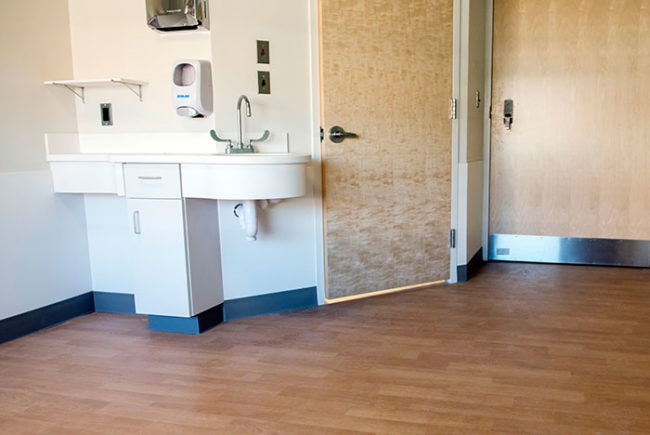Johns Hopkins study shows coordinated effort can reduce CRE 75 percent
A simulation study from the Johns Hopkins Bloomberg School of Public Health shows that a coordinated regional effort can reduce carbapenem-resistant Enterobacteriaceae (CRE) infections by more than 75 percent in health care facilities.
The researchers applied the school’s Regional Healthcare Ecosystem Analyst simulation model to detailed patient-level data from three Orange County, Calif., health care facilities. They applied three simulated scenarios: no specific control measures, facility-level infection control efforts (uncoordinated control measures) and a coordinated regional effort. The coordinated effort averted at least 21.3 percent more cases than did the other measures.
They found that without increased infection control approaches, CRE would become endemic in nearly all Orange County health care facilities within 10 years. However, implementing interventions from the Centers for Disease Control and Prevention’s CRE toolkit has the potential to cut its spread in half.
NIOSH issues notices warning of counterfeit respirators
The National Institute for Occupational Safety and Health (NIOSH) issued an alert to respirator users, purchasers and manufacturers about a counterfeit N95 respirator on the market. Although the unapproved unit carries a valid testing and certification number, the product can be identified as counterfeit by leaving the “O” out of the NIOSH acronym and misrepresenting NIOSH approval.
Six-step hand-hygiene technique found most effective against bacteria
Research published in Infection Control & Hospital Epidemiology demonstrates that the six-step, hand-hygiene technique recommended by the World Health Organization is superior to a three-step method suggested by the Centers for Disease Control and Prevention in reducing bacteria on health care workers’ hands.
AHA launches comprehensive telehealth resource
The American Hospital Association launched a Web resource offering comprehensive information on telehealth. The site features information on federal and state initiatives, research documenting telehealth’s value and case studies from AHA members on the benefit to patients.
HLAC raises concerns over unsafe laundry industry practices
The Healthcare Laundry Accreditation Council (HLAC) is saying there is "legitimate and increasing concern" of a "widespread" and "unsafe" industry practice regarding the back-and-forth on exchange carts of unused health care textiles (HCTs) between hospitals and laundries. HLAC board members Gregory Gicewicz and Carol McLay published an article on the topic, writing, "It is an unsafe practice for health care laundries to return unused linens on exchange carts from the hospital back to the laundry plant, where those same unused textiles — without being reprocessed — are then topped off with clean linens and returned to the hospital."
Change in EPA regulation impacts “emergency demand response” programs, consulting firm states
A change to emission control guidelines laid out in the Environmental Protection Agency’s emergency demand response program for owners of standby generators will go into effect May 1. Consulting firm SSR Inc. states that hospitals involved in the program could see their participation curtailed.





